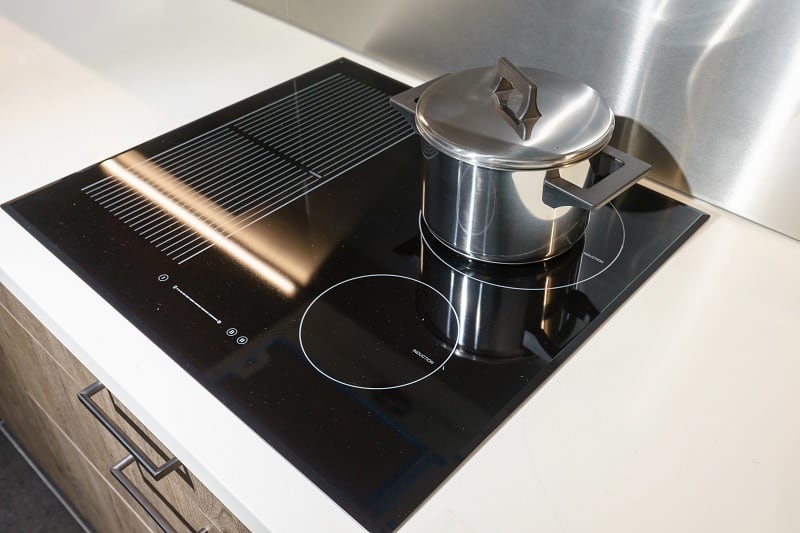For any home cook, the differences between a saucepan and a stock pot may not seem too great. After all, surely both of these types of cookware do similar jobs and they can be used for the same jobs in a pinch?
Well, today, we’re looking at the differences between saucepans and stock pots to find out. You no doubt already know that a saucepan and a stock pot are different in looks, but is that the only difference? Let’s find out, shall we?
Saucepans and Stock Pots – Is it All About Looks?
Saucepans have one long handle, deeper sides than a frying pan and usually come with a lid. Stock pots also come with a lid but have much deeper sides than a saucepan and usually have two handles.
These differences are because these pots and pans are designed for different jobs, but what are these jobs?
The jobs of a saucepan

Saucepans are excellent for boiling veg, pasta and cooking Bolognese and chilli.
If you three or four people in your home, for example, a large saucepan and a few smaller ones should be enough to tackle most cooking tasks on the hob. With the addition of a frying pan or sauté pan, of course.
You can use a saucepan to create a beautiful sauce for pasta, boil the pasta and steam some pears for dessert too. For most households, a set of quality saucepans is enough for most daily cooking duties.
The jobs of a stock pot

Basically, a stock pot is like a saucepan on steroids. For most of us home chefs, a stock pot is a perfect tool if you want to make a big batch of something. Chili, for example.
Stock pots are perfect if you want to batch out meals for the week or you’re throwing a party and want an easy, one-pot meal that could feed an army.
So, in this regard, stock pots are a direct replacement of a saucepan. However, the real job of a stock pot is to create stock. To make stock, you need a lot of veg, meat or bones and a lot of water. You boil this down until all of the goodness is taken out of the veg or meat.
For a proper stock, this process takes time and requires a lot of liquid, bones and meat and stuff like that. So, stock pots have high sides to allow you to throw as much in the pot as possible. That way you don’t need to cook the stock in batches.
So, when you want to cook a lot of the same thing, a stock pot is excellent. However, if you want to cook a normal amount of something, a saucepan can be used.
Stock pots were invented to make stock, and most professional chefs use them for their original task. Of course, most home chefs don’t make stock nowadays, but stock pots are still a valuable member of your cookware arsenal.
If you’re having family or friends over, you can cook a huge batch of delicious food in a stock pot. You can use them to meal prep and, of course, try your hand at making some stock too.
Conclusion
So, it turns out that saucepans and stock pots aren’t so different. They can be used for the cooking tasks, but stock pots are great when you want to scale up a meal for large gatherings or meal prep for a week.
We hope this look at the differences between saucepans and stock pots has been helpful. To find out more about cookware, please explore our website. We have all the best cookware in the UK on here and plenty of articles that will help any home chef make the most out of their cookware too.

Scott is a writer and a passionate home chef. His passion for cooking began when he was 10 years old. Scott has been writing professionally for over five years now and loves to combine his passion for cooking with his day job.







